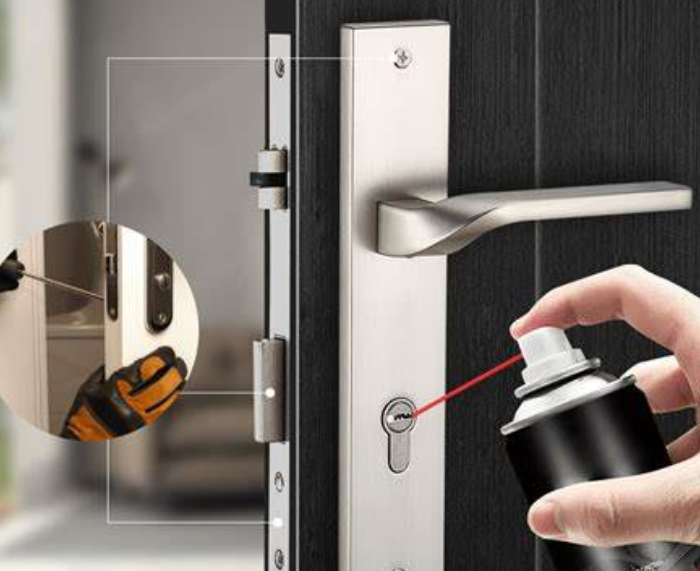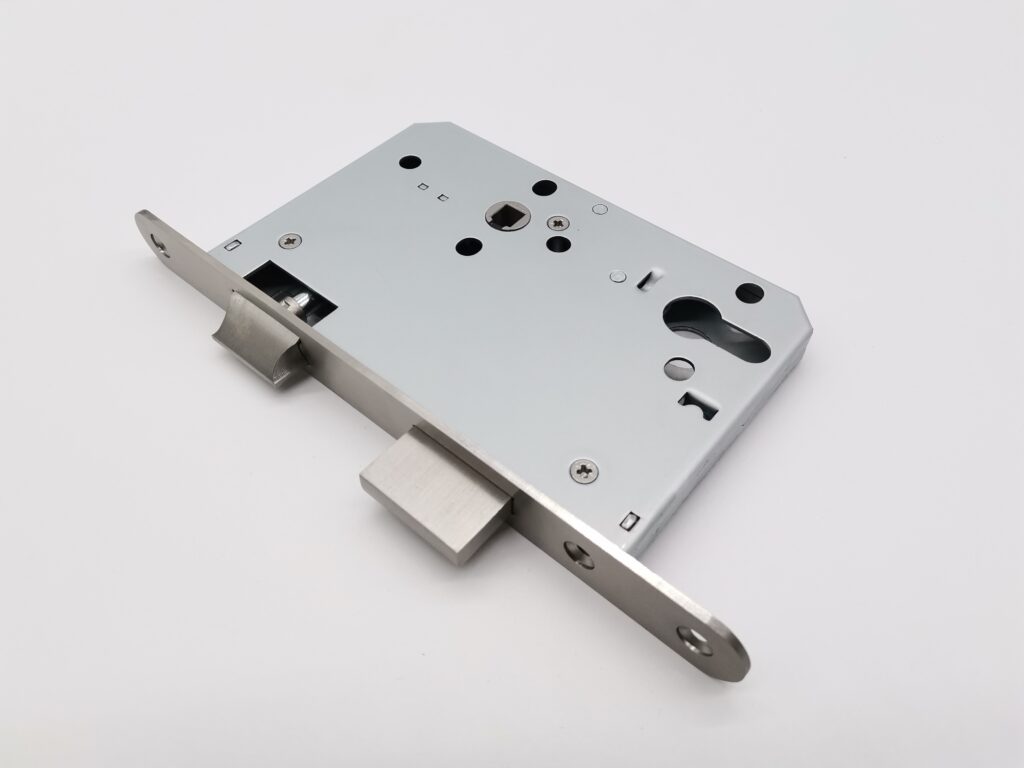Door lock failure is not only an inconvenience, it can compromise the security of your home, disrupt daily life, and, if left unchecked, lead to costly repair bills. Whether your lock is sticking, rusting, or simply won’t lock, knowing how to prevent and resolve these issues can ensure long-term performance and peace of mind. This guide will help you identify typical lock problems, provide maintenance tips, and offer proactive steps to prevent lock failure.
Identifying Common Door Lock Problems
1. Sticking or Jammed Locks
A jammedlock is usually caused by dirt, debris, or misalignment. Keys that won’t turn or get stuck are usually caused by internal blockages or worn parts.

2. Rust and Corrosion
Locks can rust when exposed to moisture, especially poor quality steel locks. Rust can corrode the internal springs and pins, causing the lock to become stiff or fail completely.
3. Broken Keys
A key can break off inside a lock due to wear or excessive force, worn keys or misaligned cylinders. This usually requires a professional extraction to avoid damaging the lock body.
4. Worn-Out Lock Mechanism
As a lock is used for a long time, its internal components will gradually wear out, causing it to function less effectively or fail completely.
How to Maintain Your Locks for Long-Term Performance
- Lubricate regularly. Use a silicone-based lubricant or graphite powder every 6-12 months. Avoid oil-based products.
- Clean the keyway and exterior. Clean the lock regularly with a soft cloth and mild detergent. For stubborn dirt, use a cotton swab dipped in rubbing alcohol.
- Tighten loose parts. Check screws, hinges, and strike plates quarterly.
- Weather proof. Install weatherproof covers or spray rust-inhibiting spray on outdoor locks. Stainless steel or brass locks are ideal for wet environments.
- Duplicate keys. Avoid using worn keys and always have quality duplicate keys made by a reputable locksmith.
DIY Fixes for Common Lock Problems
1. Unstick a Jammed Lock
Lubricate the keyway and gently insert the key. Shake the key as you turn it to remove debris. If the lock is still stuck, check the strike plate alignment and adjust it with a screwdriver.
2. Remove Rust
Spray a rust remover (such as WD-40) into the keyway. Scrub gently with a brass brush. Rinse with isopropyl alcohol and re-lubricate.
3. Removing a Broken Key
Use needle-nose pliers to grasp the key fragments.
4. Realign the Lock
Tighten loose door hinges. Adjust the strike plate to align with the deadbolt.
When to Call a Professional Locksmith
1.The lock is severely damaged and cannot be repaired.
2.Professional lock.
3.Key extraction failure: when you cannot remove the broken key yourself.
4.No spare key.
5.Structural misalignment: door distortion or serious strike plate problem.

Proactive Measures to Prevent Door Lock Failure
- Invest in high-quality locks. Choose materials like stainless steel or anodized aluminum for durability. Brands like SDH offer corrosion-resistant options.
- Regular inspections. Schedule regular inspections by a locksmith to identify and address potential problems.
- Upgrade lock systems. Upgrade old locks to more secure modern locks.
Conclusion
By maintaining your door locks and addressing issues promptly, you can increase the security and longevity of your locks. Always seek the expertise of a professional locksmith for any issues you cannot resolve yourself. Taking proactive measures will help you avoid inconvenient lock failures and keep your property safe. If you have any questions, please contact us.


